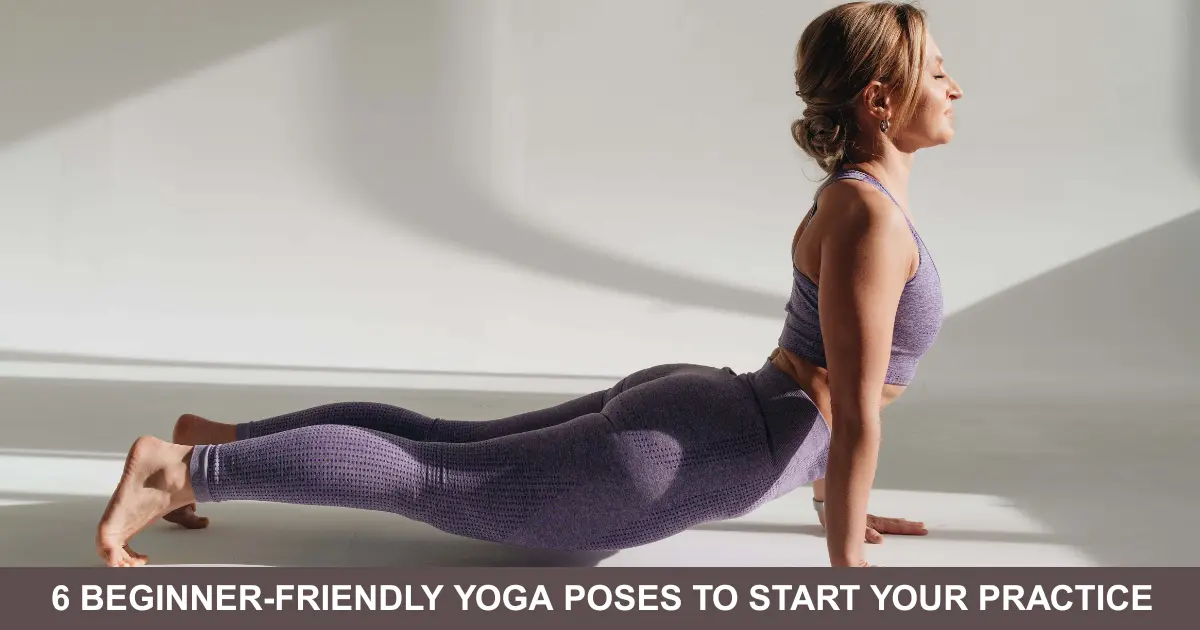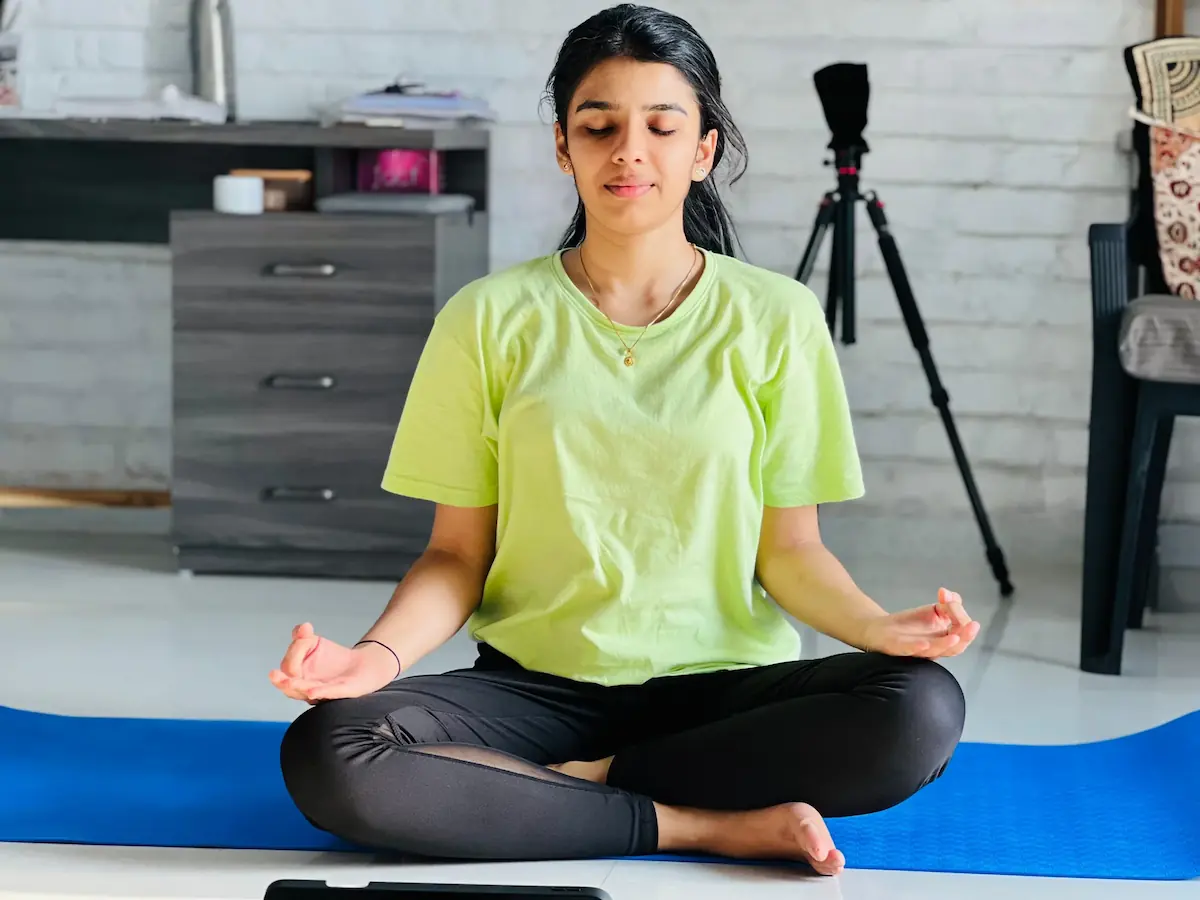Why Start Yoga at Home?
Starting yoga doesn’t require fancy studios or advanced skills. All you need is a quiet corner, a yoga mat, and a willingness to breathe and move mindfully. Yoga is not only a gentle way to improve strength and flexibility, but it also reduces stress and boosts mental clarity. Whether you’re looking to stretch tight muscles or create a peaceful routine, these beginner-friendly poses are the perfect place to begin your yoga journey right from the comfort of your home.
Mountain Pose (Tadasana)
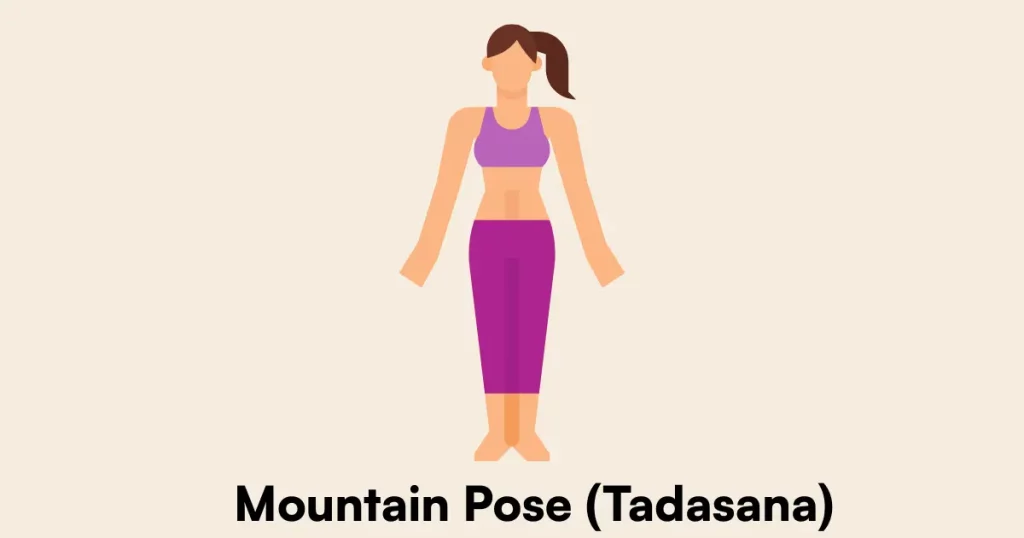
The Foundation of All Standing Poses
How to Do It:
- Stand tall with feet hip-width apart.
- Distribute your weight evenly across both feet.
- Engage your core, lengthen your spine, and relax your shoulders.
- Breathe deeply and lift your arms overhead or place them beside your body.
Benefits:
- Improves posture and balance.
- Builds awareness of body alignment.
Tips:
- Keep knees soft, not locked.
- Practice in front of a mirror to check alignment.
Cat-Cow Pose (Marjaryasana-Bitilasana)
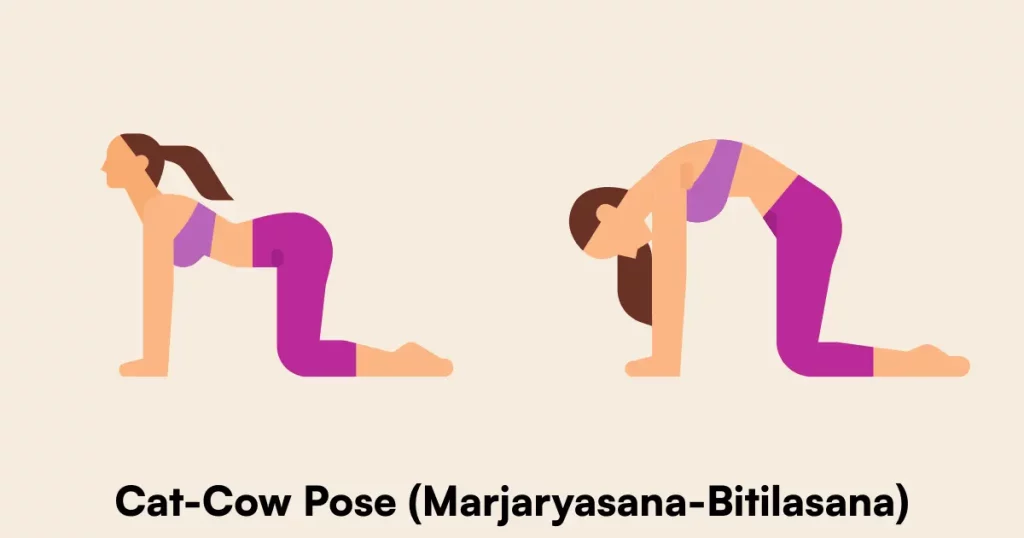
A Gentle Flow for Spinal Flexibility
How to Do It:
- Start in a tabletop position (hands under shoulders, knees under hips).
- Inhale: Arch your back, drop your belly, lift your tailbone and head (Cow).
- Exhale: Round your spine, tuck your chin, and pull the belly in (Cat).
- Repeat for 6-8 slow breaths.
Benefits:
- Loosens the spine and neck.
- Reduces tension in the back and shoulders.
Tips:
- Move slowly and connect breath to movement.
- Avoid overextending the neck.
Child’s Pose (Balasana)

A Restorative Pose to Relax and Reset
How to Do It:
- Kneel down, sit back on your heels, and fold forward.
- Extend your arms forward or rest them alongside your body.
- Let your forehead touch the mat and breathe deeply.
Benefits:
- Gently stretches hips and lower back.
- Calms the nervous system and encourages rest.
Tips:
- Place a cushion under the hips or forehead for extra support.
- Avoid if you have knee pain or injury.
Downward-Facing Dog (Adho Mukha Svanasana)
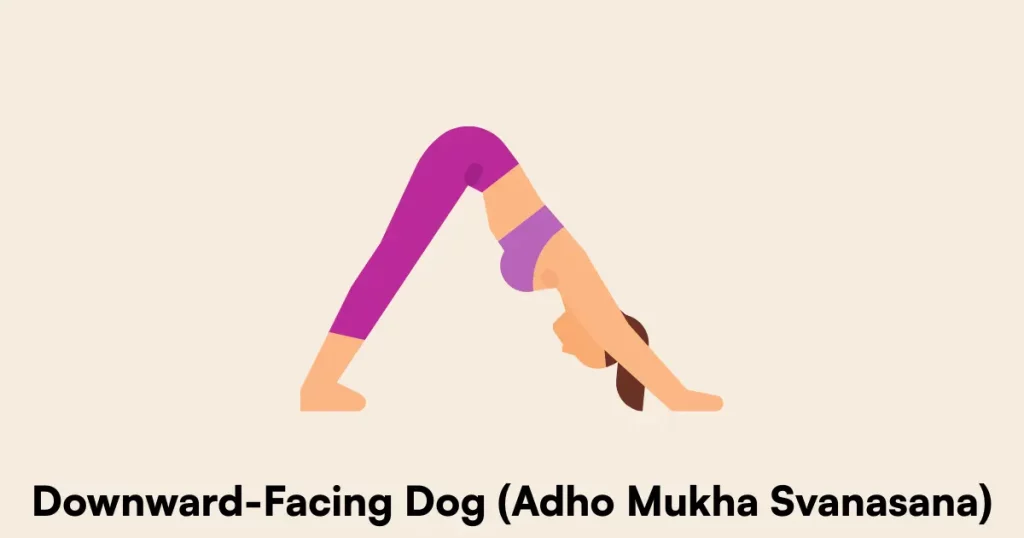
A Full-Body Stretch and Strengthener
How to Do It:
- Begin in a tabletop position.
- Tuck your toes, lift your hips up and back to form an inverted V-shape.
- Keep knees slightly bent if needed; heels may not touch the floor.
- Press your palms firmly into the mat and relax your neck.
Benefits:
- Strengthens arms, shoulders, and legs.
- Stretches the spine, hamstrings, and calves.
Tips:
- Don’t worry if heels don’t touch the floor.
- Keep your core engaged and avoid rounding the back.
Cobra Pose (Bhujangasana)
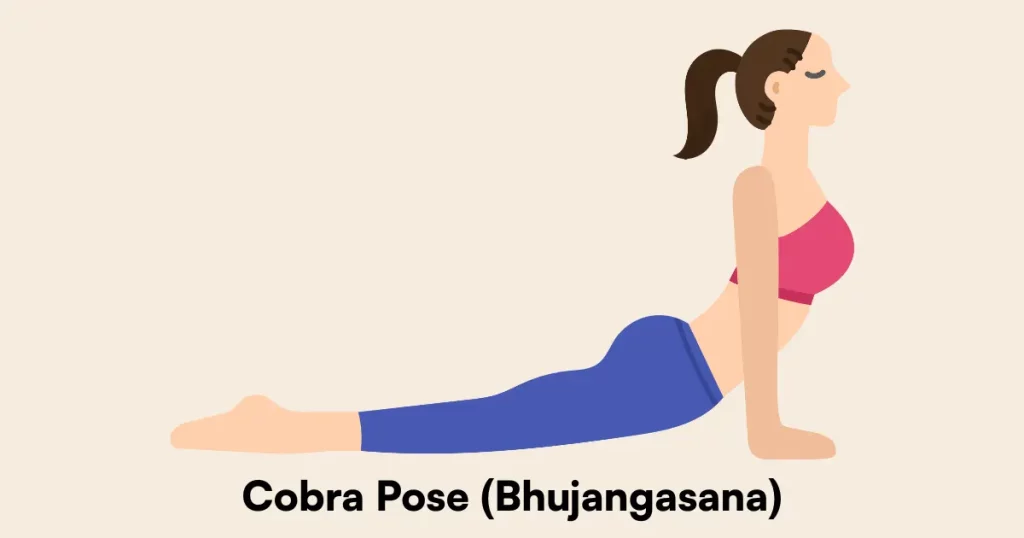
Open the Heart and Strengthen the Back
How to Do It:
- Lie on your stomach, legs extended, palms under shoulders.
- Inhale: Press into your hands, gently lift your chest off the floor.
- Keep elbows slightly bent and shoulders away from ears.
Benefits:
- Improves spinal flexibility.
- Strengthens the back and reduces slouching.
Tips:
- Keep your pelvis grounded.
- Avoid pushing too high if you’re new listen to your body.
Easy Pose (Sukhasana) with Breath Awareness

Find Calmness and Center Yourself
How to Do It:
- Sit cross-legged on a mat or cushion.
- Keep your spine tall and shoulders relaxed.
- Rest hands on knees, palms facing up or down.
- Close your eyes and focus on slow, deep breathing.
Benefits:
- Promotes inner peace and focus.
- Encourages healthy posture and mindfulness.
Tips:
- Sit on a folded blanket for hip comfort.
- Practice for 5-10 minutes to begin.
Conclusion: Start Small, Stay Consistent
Yoga is a journey not a race. These beginner poses help you build a strong foundation, develop body awareness, and experience the calm that yoga brings. Begin with 10-15 minutes a day and gradually extend your practice. With regular effort and gentle intention, you’ll soon start noticing positive changes physically, mentally, and emotionally.
Remember: If you try yoga, we suggest contacting a certified yoga teacher for guidance, especially if you have any health conditions.
Frequently Asked Questions (FAQs)
Q1: Do I need to be flexible to start yoga?
No! Flexibility develops over time. Yoga is for everyone regardless of your starting point.
Q2: Can I do yoga every day as a beginner?
Yes, daily gentle yoga is safe. Start slow, listen to your body, and increase time gradually.
Q3: What’s the best time to practice yoga?
Early morning or evening when the stomach is empty and the mind is calm is ideal.
Q4: What should I wear for home yoga?
Comfortable, breathable clothes that allow free movement no shoes needed!
Q5: Do I need props or a mat?
A yoga mat is helpful for grip and comfort. A cushion or towel can be used for support.
